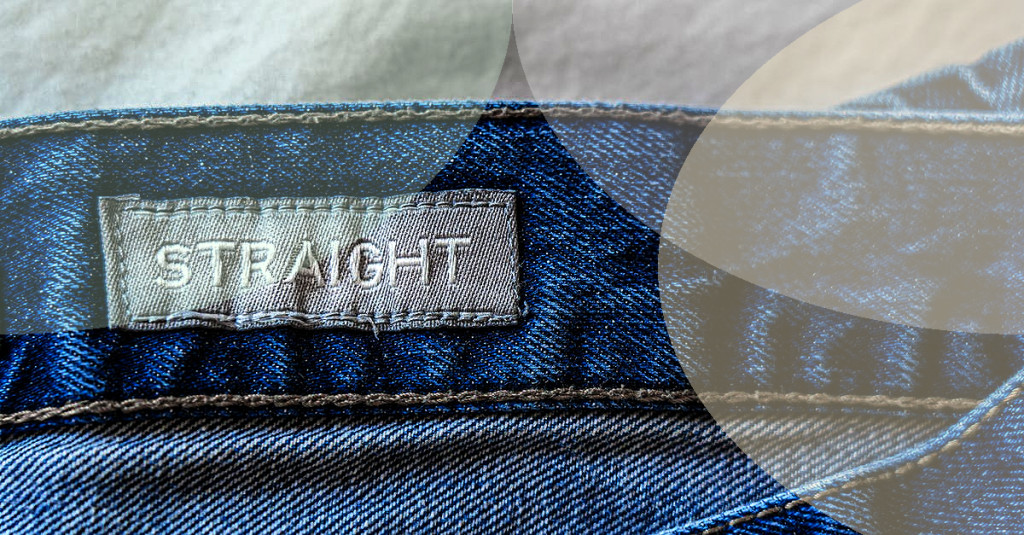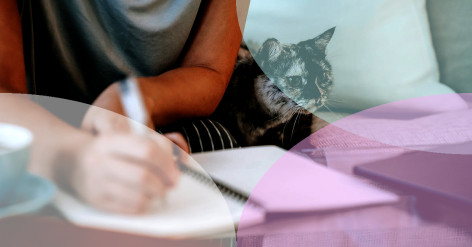Choosing the Right Fabric for Your Sewing Project

Understanding the Pattern
Venturing into the world of sewing can be an exciting yet daunting experience, especially when faced with the vast selection of fabrics available. Seamlessly bring your project to life by choosing the right fabric with a careful consideration of your pattern, skills, and purpose. Whether you're sewing garments, home décor, quilts or toys, fret not, as we've got you covered. In this guide, we will explore the essential factors that'll help you decide on the perfect fabric for your sewing project.
Deciphering Fabric Fiber Types

Before diving into the eclectic world of textiles, start by reviewing your sewing pattern. Patterns usually suggest suitable fabric types, drape, and weight. Additionally, take note of the required yardage to avoid buying too little or excessive amounts of fabric. Not only will this save you money, but it also ensures you'll have enough material to complete your project.
Natural Fabrics
Fabric fibers are the building blocks of any material, and their properties play a significant role in determining how well a fabric will work for your project. Broadly, fabrics can be classified into three categories: natural fibers, synthetic fibers, and blends.
Synthetic Fabrics
Related articles
-
Cotton: This versatile fabric is comfortable, absorbent, and breathable. It's perfect for quilting, creating garments, and crafting home décor items, such as cushion covers or tablecloths. There are various types and weights of cotton fabric, from lightweight voile to more heavy-duty canvas. For inspiration and a range of cotton choices, visit missouriquiltco.com
-
Linen: Known for its durability and breathability, linen is ideal for summer garments or home furnishings such as curtains and upholstery. Although prone to wrinkles, linen adds a touch of elegance to any project.
-
Silk: Luxurious and lightweight, silk adds a touch of sophistication to garments or as a lining for elegant pieces. Its natural sheen and drape create delicate blouses, scarves, and lingerie. Keep in mind that silk can be challenging to work with and requires extra care for washing and maintenance.
-
Wool: Warm and cozy, wool fabrics are perfect for creating winter garments like coats, scarves, and hats. Available in various thicknesses and textures, wool can be challenging to sew but rewards you with long-lasting, high-quality creations.
Blended Fabrics
-
Polyester: This durable and wrinkle-resistant fiber can be used for apparels, bedding, and upholstery. Polyester fabrics come in various textures and weights, making it a versatile choice for several projects.
-
Nylon: Known for its strength, nylon is great for creating activewear, swimwear, and sportswear. With moisture-wicking properties and resistance to abrasion, nylon fabrics can withstand wear and tear.
Matching Fabric to Project Type
Blended fabrics combine the properties of both natural and synthetic fibers, often offering the best of both worlds. Examples include poly-cotton (a mixture of polyester and cotton) and rayon (a semi-synthetic fiber often blended with natural fibers).
Considering Your Sewing Skills
After considering fibers, it's essential to ensure the fabric you choose aligns with your project's purpose. Some examples of fabric-project matches are:
- Quilting: Use fabric with a similar weight to maintain an even look. Cotton quilting fabrics are popular choices.
- Apparel: Remember to consider stretch, drape, and appearance. Lightweight fabrics like silk or chiffon work well for blouses or dresses, while medium-weight fabrics, such as cotton or linen, are suitable for trousers or jumpsuits.
- Home décor: Opt for sturdy, durable materials like canvas, upholstery fabric, or heavy cotton for items like cushions or curtains.
Lastly, your sewing experience should also influence your choice. For beginners, select easy-to-sew fabrics like cotton or linen. Avoid slippery fabrics, such as silk or satin, until you've become more comfortable with sewing techniques.
Mastering the art of fabric selection can take time, but unraveling the threads of knowledge we've imparted here will set you on the right path. As you embark on your sewing journey, remember to consider your pattern's recommendations, fiber types, project purpose, and your sewing skills. For more assistance, don't hesitate to consult with experts at your local fabric store or explore resources like Fabric.com's Learning Center.
As you perfect this essential skill, you'll be on your way to creating beautiful and enduring projects with confidence. So, go forth and sew, and remember that the fabric you choose will be sewn into the very essence of your creation!





